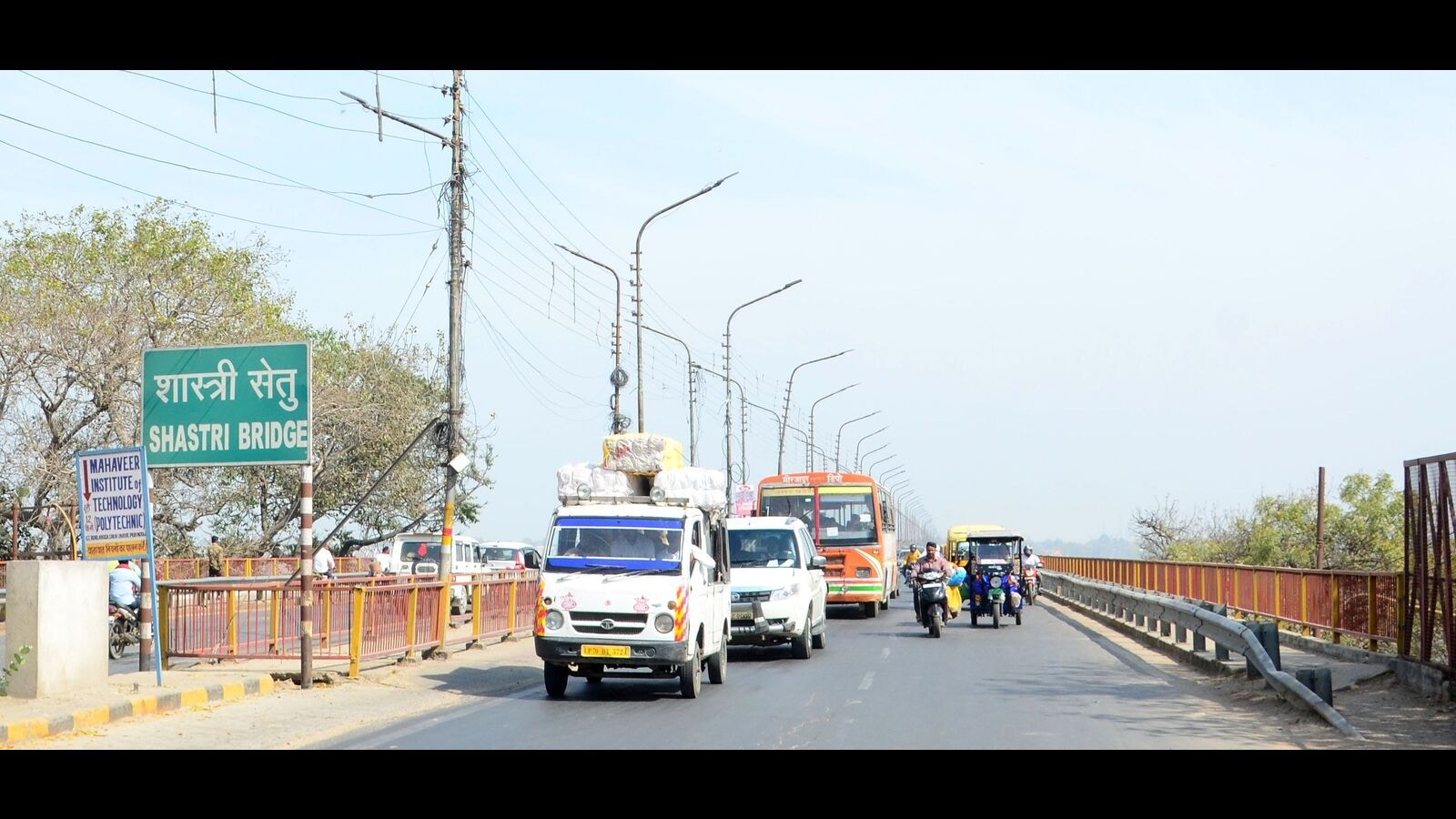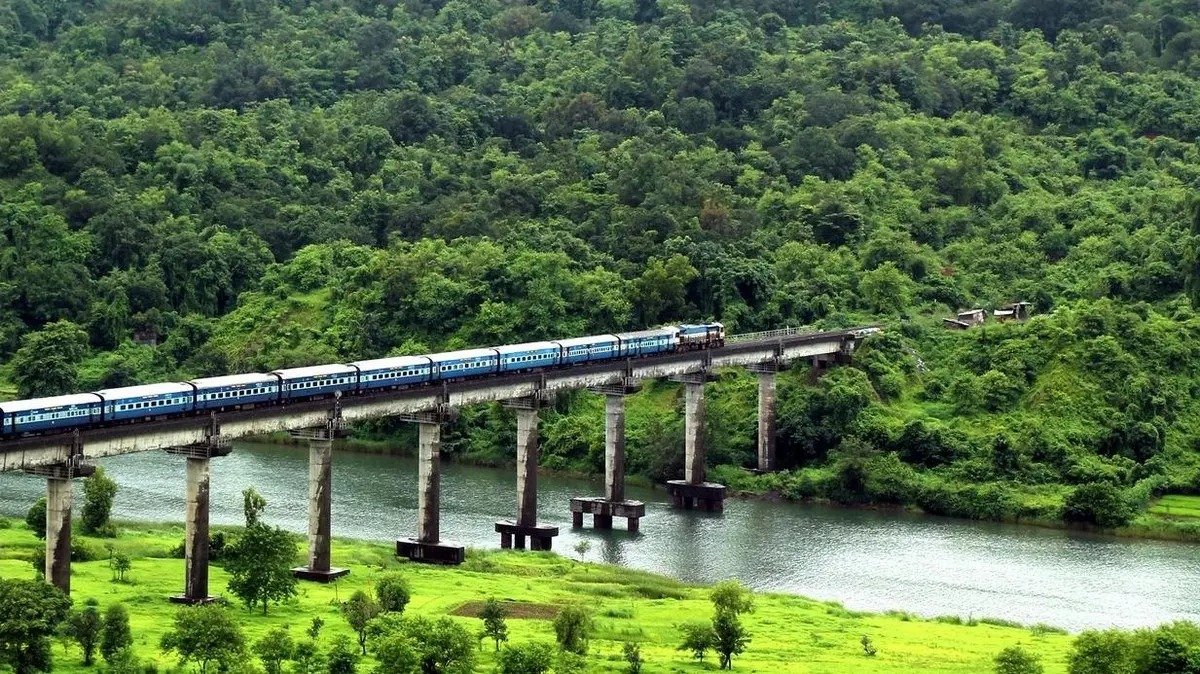The Shastri Bridge, an iconic structure spanning the Ganges River, is more than just a bridge; it’s a lifeline that connects history, culture, and progress. For decades, this engineering marvel has served as a crucial artery for transportation and commerce, while also standing as a symbol of resilience and unity in the region. In this blog post, we’ll dive deep into the story of Shastri Bridge, exploring its history, architectural significance, cultural importance, and modern-day relevance. By the end, you’ll have a newfound appreciation for this remarkable structure and its enduring legacy.
A Brief History of Shastri Bridge
Named after India’s second Prime Minister, Lal Bahadur Shastri, the Shastri Bridge was inaugurated in the mid-20th century to address the growing need for connectivity in the region. At the time, India was a fledgling nation grappling with post-independence challenges, and infrastructure development was key to economic progress. The bridge’s construction symbolized a new era of modernization and self-reliance.
The bridge was envisioned not just as a mode of transportation but as a means to unite communities on both sides of the Ganges. Today, it continues to serve this purpose, acting as a vital link between rural and urban areas, fostering economic growth and social cohesion.
Architectural Brilliance of Shastri Bridge

The architectural design of Shastri Bridge is a fine example of mid-20th-century engineering. Built with reinforced concrete and steel, the bridge was designed to withstand the region’s challenging weather conditions and fluctuating river levels. Its robust construction ensures durability, while its graceful arches and streamlined design reflect a blend of functionality and aesthetic appeal.
The bridge spans several kilometers, making it one of the longest in the region. Its foundation was meticulously laid to ensure stability in the soft alluvial soil characteristic of the Ganges basin. The engineers employed cutting-edge techniques of the time, including the use of cantilever construction methods, which allowed for faster and safer completion of the project.
Cultural Significance of Shastri Bridge
Beyond its engineering feats, the Shastri Bridge holds deep cultural significance. For the people living in the surrounding areas, it is more than a structure; it is a witness to their lives, their festivals, and their struggles. The bridge often features prominently during major events like Kumbh Mela, where millions of pilgrims use it to access holy sites along the riverbanks.
Local folklore and stories have also woven the bridge into the fabric of community life. Many tales of resilience and perseverance are associated with its construction, embodying the spirit of a nation determined to overcome challenges and forge ahead.
Economic Impact of Shastri Bridge
From an economic perspective, Shastri Bridge has been a game-changer. It facilitates the movement of goods and people, connecting markets and boosting trade. The bridge plays a pivotal role in supporting industries like agriculture, textiles, and tourism, which are the backbone of the local economy.
Before the bridge’s construction, crossing the Ganges was a cumbersome and time-consuming affair, often reliant on boats. The bridge drastically reduced travel time, making it easier for farmers to transport their produce to markets and for businesses to expand their reach. Over the years, the bridge has also spurred urbanization, leading to the growth of towns and cities in its vicinity.
Shastri Bridge in Modern Times
In the 21st century, the Shastri Bridge remains as relevant as ever. However, like any aging infrastructure, it faces challenges such as increasing traffic congestion and the need for regular maintenance. The growing population and the rise in vehicular usage have put significant pressure on the bridge, prompting calls for upgrades and the construction of parallel structures to ease the load.
Despite these challenges, the bridge continues to be a source of pride for the region. Modern lighting and beautification projects have been undertaken to enhance its visual appeal, especially at night when the bridge is illuminated, creating a picturesque scene against the backdrop of the Ganges.
Environmental Concerns and Preservation Efforts
As a structure that interacts closely with the Ganges River, the Shastri Bridge is at the heart of ongoing conversations about environmental preservation. Efforts are being made to ensure that the bridge’s presence does not adversely affect the river’s ecosystem. This includes initiatives to prevent pollution and maintain the natural flow of the river.
Local authorities and environmental groups are also working together to raise awareness about the importance of sustainable practices in the region. The bridge serves as a reminder that development and conservation must go hand in hand for a brighter future.
Comparing Shastri Bridge with Competitor Content
When we analyze existing content about Shastri Bridge, it often lacks the depth and emotional connection that this blog aims to provide. Many competitors focus solely on dry technical details or offer a superficial overview of its history. This post goes a step further by blending factual information with cultural narratives and human stories, making the content both informative and engaging.
Moreover, competitor blogs often neglect the bridge’s modern-day challenges and the innovative solutions being proposed to address them. By including these aspects, we offer readers a comprehensive view of the bridge’s past, present, and future.
The Legacy of Shastri Bridge
The Shastri Bridge is more than just a physical structure; it is a testament to the resilience and determination of the people who built it and the communities it continues to serve. It stands as a bridge not only between two sides of a river but also between the past and the future, tradition and progress, and dreams and reality.
As we look ahead, it is essential to preserve and celebrate such landmarks, ensuring they remain functional and symbolic for generations to come. The story of Shastri Bridge is a reminder that infrastructure is not just about roads and buildings but about the lives they touch and the connections they foster.
Final Thoughts
Whether you’re a history enthusiast, an architecture aficionado, or someone simply interested in learning about India’s rich heritage, the Shastri Bridge offers something for everyone. Its story is one of triumph, innovation, and unity, reflecting the very spirit of the nation it serves.
So the next time you find yourself crossing the Shastri Bridge, take a moment to appreciate its grandeur and the countless stories it holds. After all, it’s not just a bridge; it’s a legacy.







